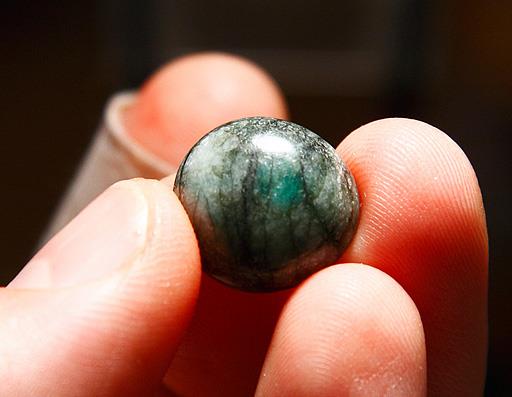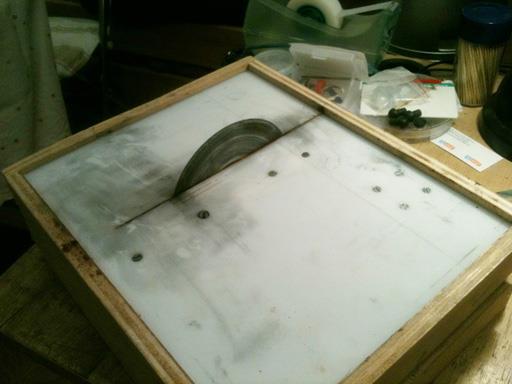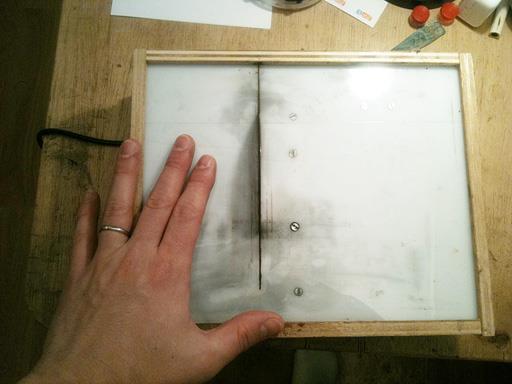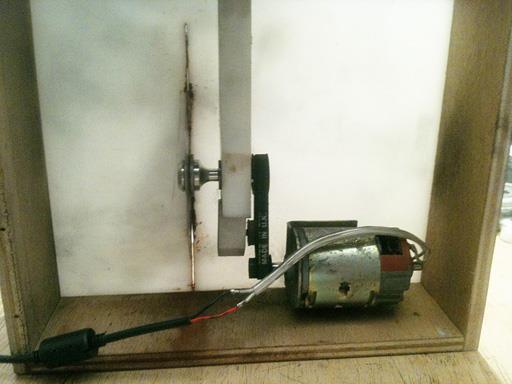Twapster
Peter
No big news that i'm into gems having divided my time between gold prospecting and gem prospecting. It has come to a point that the relaxation and powerful satisfaction levels of gem faceting and cabbing has intrigued me to a point where im really into gems as a hobby to a point where im watching videos of faceting and cabbing. While im only at the point of joining a lapidary club, id love to know any recommendations on machines.
Ive just watched the Ultratec vids and so far impressed, any comments on machines that are good to go for the next 20 years? Love the digital dial but looks super expensive.
Not sure yet but I want to start with the best or comparable to the best if i'm going to start cutting for the rest of my life and not being one to keep buying different machines.
Currently into either cabbing or prob more faceting......what should I be looking at even if its only second hand? Or is second hand a non go on these purchases? I certainly dont like buying one thing and then in 1 year realsising I bought the beginners version and now I have to upgrade!
Help Needed!
My recent adventure pics: https://www.prospectingaustralia.com/forum/viewtopic.php?id=9739
Twapster
Ive just watched the Ultratec vids and so far impressed, any comments on machines that are good to go for the next 20 years? Love the digital dial but looks super expensive.
Not sure yet but I want to start with the best or comparable to the best if i'm going to start cutting for the rest of my life and not being one to keep buying different machines.
Currently into either cabbing or prob more faceting......what should I be looking at even if its only second hand? Or is second hand a non go on these purchases? I certainly dont like buying one thing and then in 1 year realsising I bought the beginners version and now I have to upgrade!
Help Needed!
My recent adventure pics: https://www.prospectingaustralia.com/forum/viewtopic.php?id=9739
Twapster







